Win an Elementar ArDB Cloud licence and smartwatch - winners announced
To celebrate the launch of the Analytical Results Database (ArDB), we asked you to tell us in around 100 words what you would do with a Cloud licence for the software tool. We received a great number of entries, but we could only pick 10 winners.
Here, we have summarised the winning answers to let you know how the winners will take advantage of the benefits of having a simple, secure and reliable database for analytical results.
Although the competition is closed, you can still register for a 3-month free trial.
Mélanie Roffet-Salque, University of Bristol (UK) - to store data from the NeoMilk project

Smart Watch Winner!
The ERC-funded NeoMilk project is the largest archaeological lipid residue analysis project ever to be carried out. The project involves molecular and stable isotope investigations of more than 5,000 prehistoric potsherds from across Europe.
So far, ancient animal fats have been recovered from more than 3,000 potsherds and the δ13C values of fatty acids were determined by an IsoPrime100 GC-C-IRMS. This analysis, combined with literature data and an extensive isotopic archive of more than 6,000 potsherds, provides exceptional palaeogeographic coverage spanning 6,500 to 2,500 BC across prehistoric Europe.
ArDB will provide the perfect tool for mapping the δ13C values of prehistoric human diets, the animals managed and the environments they inhabited.
- Organic Geochemistry Unit (OGU): http://www.bristol.ac.uk/chemistry/research/ogu/
- NeoMilk project: https://neomilk-erc.eu/
James F. Carter, Queensland Health Forensic and Scientific Services (Australia) - to create a database of common forensic materials

ArDB would be used to develop a collaborative database of isotopic compositions of common forensic materials manufactured from synthetic polymers. This would be made available to researchers and law enforcement agencies.
At present, such databases are compiled on a “per case” basis and the process is always reactive. A common database would allow an assessment of the global spatial and temporal variations in isotopic compositions of synthetic polymers and greatly strengthen the weight that can be ascribed to evidence derived from a comparison of exhibits.
Loïc Michel, Ifremer (France) - to create a global, freely accessible database of stable isotope ratios in deep-sea organisms
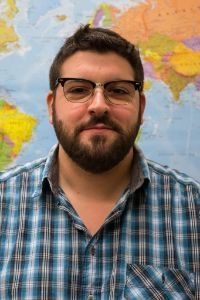
Studying deep-sea ecosystems involves a bittersweet mix of amazement at how much is left to discover about the planet and frustration at incredibly constraining sampling logistics. Deep-sea ecologists have to ensure that no sample is left unexploited and that all data generated is easily discoverable and reusable.
ArDB would provide a formidable way to combine, curate and disseminate data to create a global, freely accessible database of stable isotope ratios in deep-sea organisms. The database would rely on mining raw data from literature and analyzing samples archived in laboratory and museum collections.
Chris Harrod, University of Antofagasta (Chile) - to allow data access wherever we are
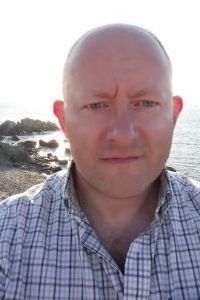
An ArDB cloud license would allow efficient use of the data from our recently installed Elementar EA-GC/C-IRMS - a first for Latin America.
It will ease and standardize data storage and backup, and allow data access wherever we are.
The integral GIS and plotting routines will allow for initial data screening and the integration with R will speed up data analyses.
Finally, the equipment will be a hub for isotope researchers in South America, meaning ArDB will form the heart of a collaborative approach to science.
Ayla Paul, University of Reading (UK) - to help manage O, C, H and S isotopes in honey for a PhD
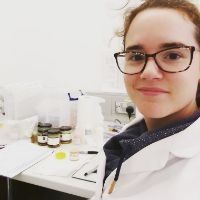
ArDB will be used to manage sample data and analyze isotopic and trace element data from honey samples to create a predictive model for the geographic origin of UK honey.
ArDB will be very helpful by making it easier to manage the database of samples, including O, C, H and S isotopes, as well as to create isoscapes in comparison to a water isotope database. ArDB will save a lot of valuable time, which can be spent on conducting more analyses.
Christophe Thomazo, University of Burgundy (France) - to produce time-space maps in relation to sedimentary deep Earth fossil organic matter
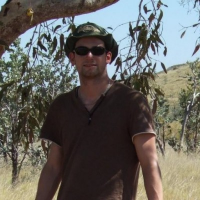
Access to ArDB will help to produce time-space maps with δ13C, δ15N, and δ34S values from the sedimentary deep Earth fossil organic matter record.
Such an advantage will be very useful when coupled with depositional environment interpretations.
This will help to sort local or late-stage processes disconnected to the primary producers’ biosignatures compared to global metabolic life evolution trajectories, and substantially help the community to refine a global evolution of early life scenarios, including C, N and S metabolisms.
These maps can be compared by lithologies, with prime targets such as the Archean Stromatolitic limestones record or banded iron formations.
Kayleigh Jones, British Antarctic Survey (UK) - to help organize data in a study of Antarctic fur seals

The ArDB license would be exceptionally useful to complete a Ph.D. studying Antarctic fur seals. There is a vast and diverse array of GPS data, satellite tracking data, and stable isotope data, which would be ideal to have in one place. ArDB would be used to map tracking data with environment variables, plot stable isotope data and run statistics through the custom R scripts.
A license would allow data and results to be viewed more effectively, which would play a crucial role in understanding the research story.
Whendee Silver, University of California, Berkeley (USA) - to help create a database in relation to soil carbon
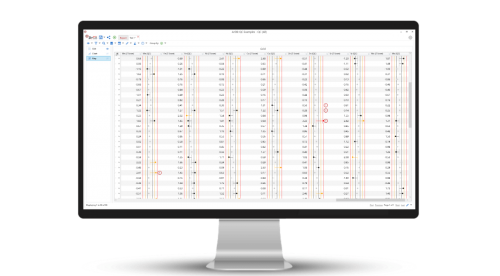
Access to ArDB would allow visualization of soil carbon databases for a project in relation to slowing climate change.
The database would be shared with colleagues and policymakers to allow collaboration on building the highest-quality and most comprehensive database for models and policy applications.
Wolfram Meier-Augenstein, Robert Gordon University (UK) - to model data from more than 120 samples of Scottish freshwater
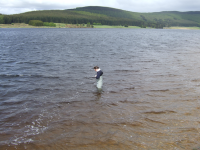
ArDB will help to turn data from more than 120 Scottish freshwater samples into δ2H, d-excess, and δ18O isoscapes. The software tool will be tested for its usefulness to model data in such a way that one can design an optimized sampling strategy for future surveys, helping to get funding.
Sample numbers will be optimized along with sampling locations, meaning isoscapes based on less than 120 samples and sample locations will still yield meaningful information to underpin, for example, food fraud detection or longitudinal monitoring changes in precipitation as a result of climate change.
Stefan Bindereif, University of Bayreuth (Germany) - to help map out data on food authentication

At a recent conference, Stefan got to know ArDB and downloaded the trial version, which he found to be useful for analyzing his data related to food authentication. This is what he had to say:
“I loved the fact that I could map all samples quickly and easily. Alternatives like ArcGIS and QGIS take a lot of time and effort. Also, using ArDB as a database comes in super handy as I work with multiple people and do not always add the incoming samples into the database myself."
“As discussed with your staff at the conference, great additions to the software would be more statistical tests, like Kruskal-Wallis, with post-hoc tests and p-value correction, as well as the possibility of cross-validation in the multivariate approaches. Although I know you are not trying to release a statistics software, (O)PLS-DA would be another nice feature to have as well as a function to export maps as vector files.”
